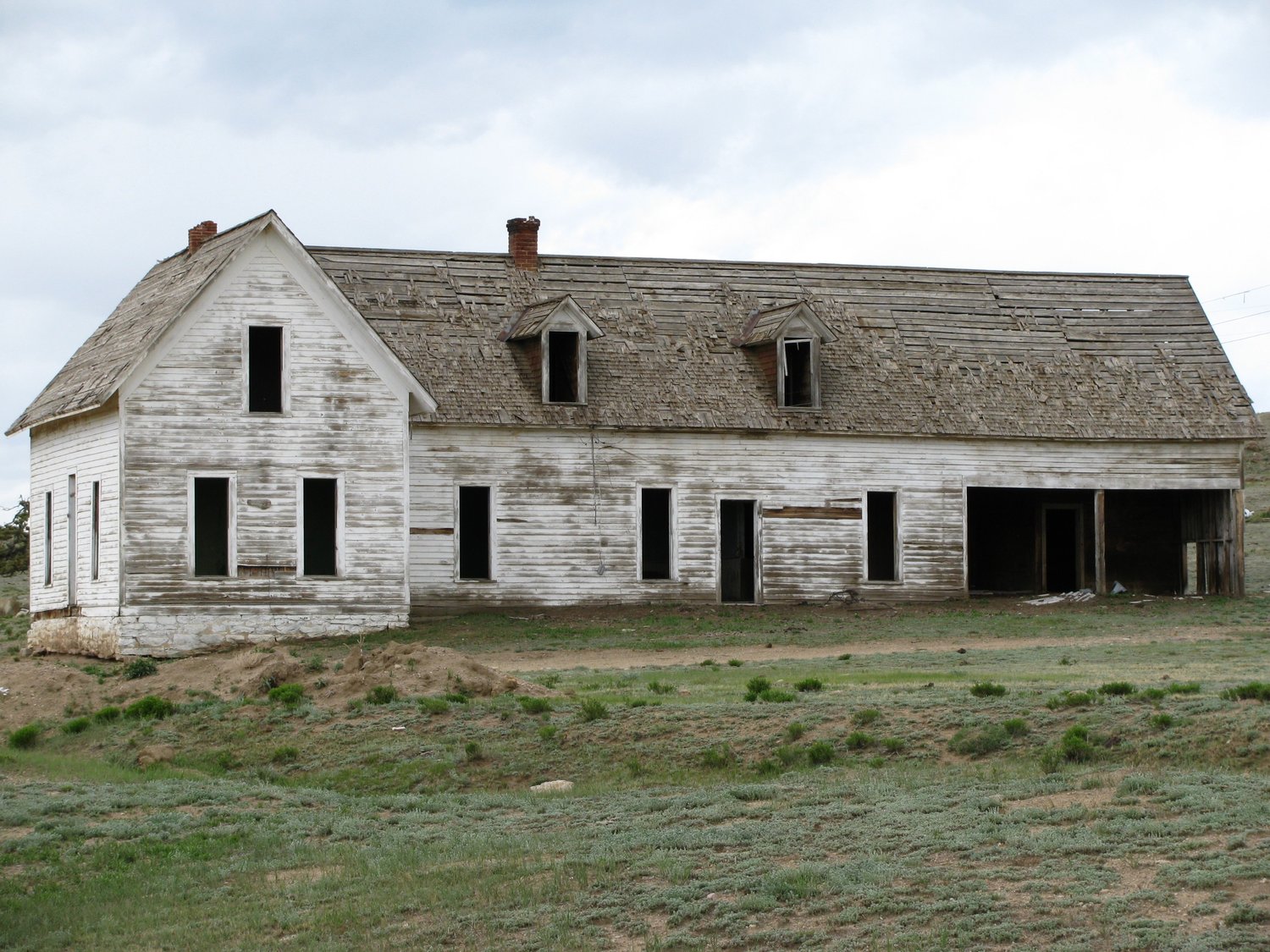Genealogy is more than names on a family tree; it’s about stepping into the past and bringing those stories to life. One of the most enriching experiences for any family historian is visiting old family homes and cemeteries. These places hold whispers of the past, offering insight into who our ancestors were, how they lived, and the legacies they left behind.
The Charm of Old Family Homes
Picture walking into a house where your great-grandparents celebrated milestones, raised children, and weathered life's storms. Family homes are more than bricks and mortar—they’re vessels of memory. Visiting these homes can evoke emotions, from nostalgia to wonder.
Even if the home has changed owners, don’t shy away from politely reaching out. Most people are intrigued by family history and may allow a quick tour or chat. As you wander through rooms that once echoed with your ancestors' footsteps, keep an eye out for architectural details, fixtures, or original elements. Every creak of the floorboards or glimpse of an antique window could tie directly to your family's story.
Remember to bring old photographs, if available, to compare the past and present. And don’t forget to jot down any stories that surface—you might uncover details that weren’t passed down!
Cemeteries: Silent Yet Rich Storytellers
Cemeteries might seem somber at first, but they’re treasure troves for genealogists. Walking among the headstones of your ancestors can be a profound experience, connecting you to generations you’ve never met.
Start with a plan. Use resources like **Find A Grave** or **BillionGraves** to map out family plots before your visit. When you arrive, take a moment to absorb the atmosphere. Notice details like tombstone carvings, epitaphs, or even the material of the stone, which can provide hints about the era or your family’s financial status.
Cemeteries often offer more than dates; they tell stories. Look for groupings of graves—siblings, parents, or even entire communities buried close together. Sometimes, the cause of death or a unique inscription can lead to untold tales, from migration patterns to local epidemics.
Tips for a Successful Trip
1. Research First: Before your visit, gather addresses, historical records, and maps. Knowing what to look for saves time and makes your visit meaningful.
2. Pack Essentials: Bring a camera, notebook, water, and comfortable shoes. For cemetery visits, consider taking a soft brush to clear moss from gravestones gently.
3. Respect Privacy: If visiting a private property, always ask for permission. For cemeteries, tread lightly and respect the sanctity of the space.
4. Document Everything: Take photos, make notes, and, if possible, interview locals or caretakers. Even the smallest detail could be a missing puzzle piece in your research.
Why These Visits Matter
Beyond gathering genealogical data, visiting family homes and cemeteries provides a deeply emotional connection to your ancestry. It’s one thing to know your great-grandmother’s name and birth date; it’s another to see where she lived, touched the same doorknob, or stood by her final resting place.
These trips remind us that family history is not static—it’s alive in the places where life unfolded. By retracing your ancestors’ steps, you’re not just preserving history but bringing it forward for future generations to cherish.
So, dust off those records, map out a route, and set out on an adventure. Who knows what stories are waiting for you among the weathered walls and gravestones of your family’s past?
Engage with the Past
Have you visited an old family home or cemetery? Share your experiences in the comments! What did you discover, and how did it shape your family story? Let’s inspire each other to keep the journey alive.



Comments ()